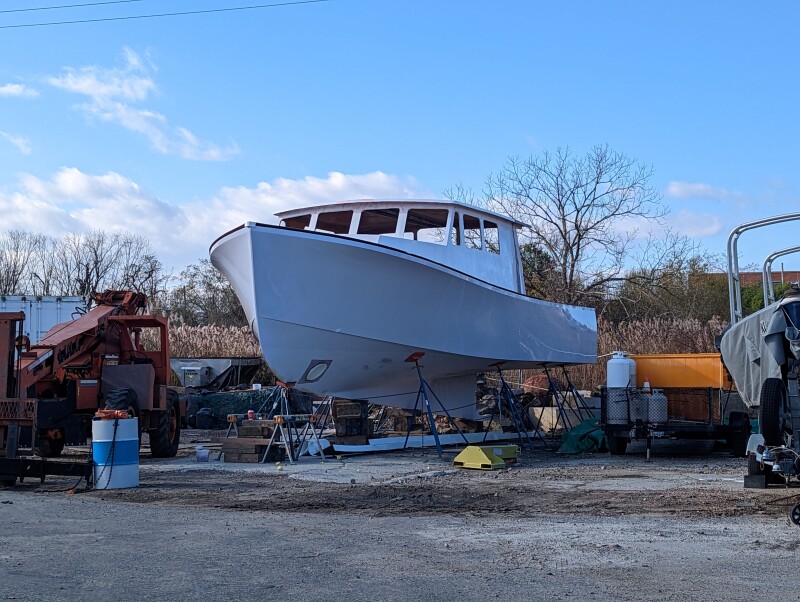July 8, 2024
Newport Yacht Builders' digital precision in boatbuilding

Newport Yacht Builders owner Jim Thompson envisions a new industry where a shop can pre-form interior kits for boat builders and supply perfectly fitting parts on demand. Photo by Newport Yacht Builders
The team at Newport Yacht Builders is building framing and interiors for hulls that exist in the cloud, a network of servers that use the internet instead of a computer’s hard drive. Within the memory of a few boatbuilders, today are the times when they lofted a vessel by scaling up the measurements from a wooden half-model and capturing three-dimensional points in offsets—heights and half-breadths—that could be used to lay down a full-size, two-dimensional image of the hull. From this, the…

You've caught the limit!
Free membership gives you access to:
- Unrestricted access to all NationalFisherman.com articles.
- Receive in-depth reports and research on various topics related to the fishing industry.
- Up-to-date news updates from the fishing industry delivered directly to your inbox twice a week.






